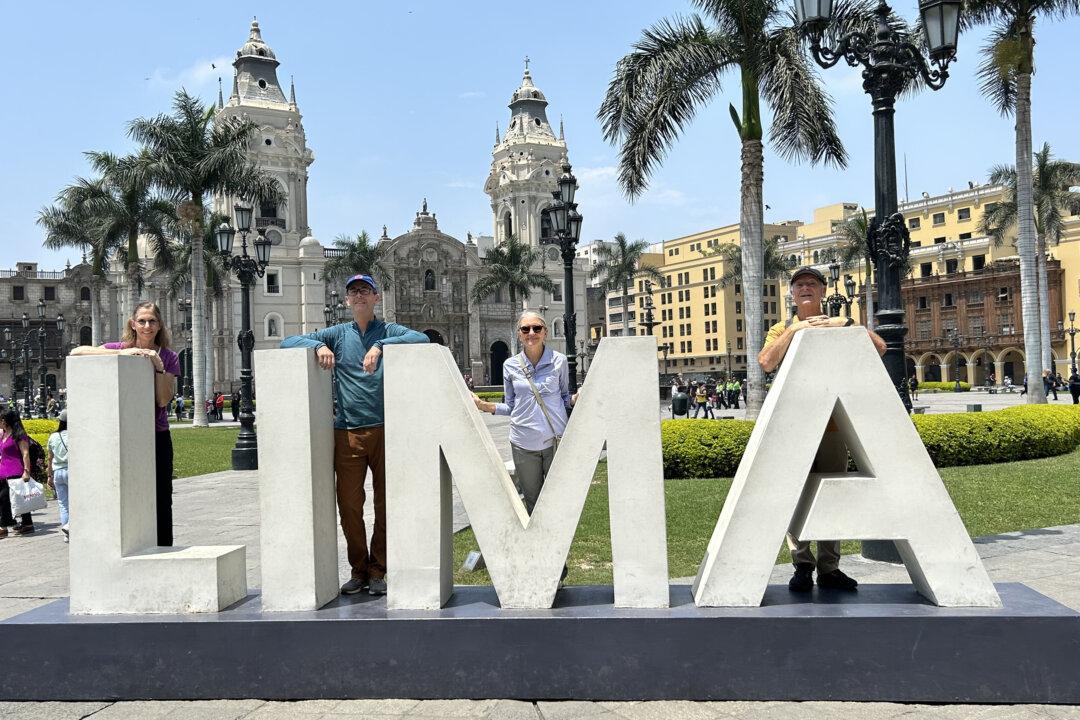By Colleen Thomas
From Tribune News Service
LIMA, Peru—Machu Picchu. The Inca Trail. Cusco and the Sacred Valley. They are all good reasons for a trip to Peru.

LIMA, Peru—Machu Picchu. The Inca Trail. Cusco and the Sacred Valley. They are all good reasons for a trip to Peru.